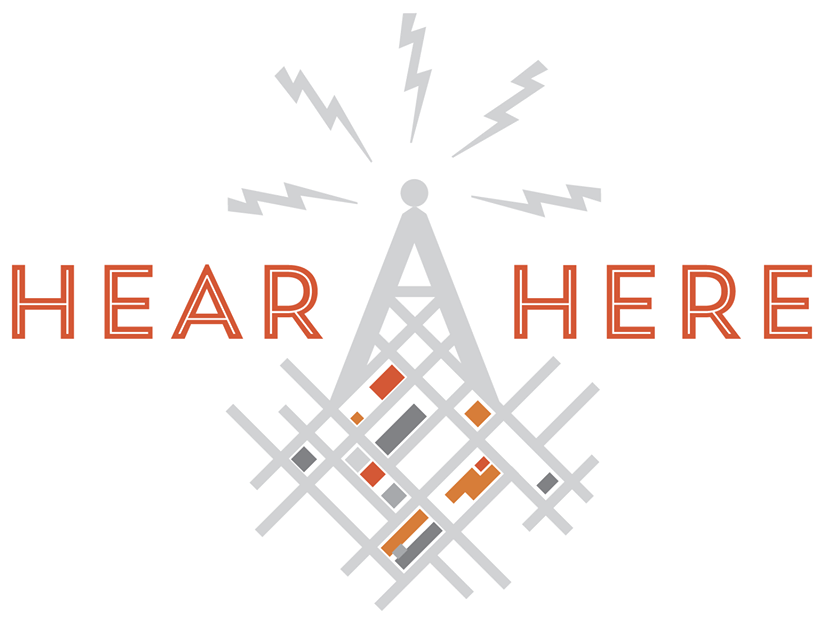William Koch
From the 1860s through the 1880s, a plank road separated North and South La Crosse. At first, there was space underneath the road where people experiencing homelessness found refuge. Before it could be paved over, as it is today, garbage from the city dump was used to in-fill the spaces underneath the road. Rotting fruit and other garbage brought diseases such as diphtheria, smallpox, tuberculosis and cholera to the area.
This interview comes from the UWL Oral History Program.
Transcript
Location: Bridge over the La Crosse River (2 Copeland Ave)
Howard Fredricks (interviewer): I imagine it was constantly being repaired?
William Koch: Well we did quite a lot of repair work on it, you know, sometimes the fence would get broke here and there, you know. Somebody maybe scuffle or something on the walk and, uh, break it and they’d have to replace that, fix up the fence. ‘Cause if they didn’t, like I said, somebody might, uh—might, uh fall of the edge, you see. And, you see, the inside edge of that plank road was on the road. You understand? The boards—the four-by-fours that they used there on the plank road was on the road. And then there was an open space underneath that plank, ‘cause they extended out, you see. They didn’t have the space, they had to conserve space as much as possible because the road itself at that time was not very wide, it was just about wide enough for two carriages to pass each other and the tracks for the horse-drawn tube-top, see. So there was open space underneath there. And that was a hide-out sometimes for tramps too. And I remember—I don’t remember the specific, uh, conditions there, but there was several times there that people were held up on the plank road because they would be hiding underneath and the people would come along and they would come up from the other side, see, and there was open space underneath there, see. And, uh, of course that all disappeared later when they had—when they got, uh—you know, started laying concrete walks and, uh, they built the, uh, Causeway wider. As time went along, why, they kept building it wider, they made the city dump out of it. That’s how they gave it—most of it to it—they made it a city dump! They did it filled in. And they dumped all the rubbish in the city on the Old Causeway between the North and South Side. And it was cow manure and horse manure, tin cans—all kinds of rubbish—any and all kinds of rubbish. And mainly, there was too many, too much of old fruit, you know. There was John Burns Fruit House, we had a Fruit House here—John Burns—and these fruit houses, I don’t remember if there were another one or not, but I do remember John Burns, and they dumped their old fruit, you know these fruit houses always have a lot of fruit that spoil. Well, then they’d haul it to the dump. Just like they do now. And the dump was up there. And at that time, the city was full of sickness. The North Side—I remember on the North Side, families would get children and almost all the children would be wiped out from diphtheria. It was practically all of them, when they had a diphtheria siege, you know. And there was diphtheria and smallpox and, then uh, tuberculosis and cholera. All those diseases I remember—and scarlet fever was another one—and the whole families would get sick and I believe it was caused from that dump! I think that that dump caused a lot of sickness here in the city of La Crosse. Full of rats! Rats all over the place.
